Banner artwork on windows: Darryl Bellotti
Noongar Culture
The land on which we live, meet and thrive as a community always was and always will be Noongar land. Learn more about Noongar culture.
Noongar words
The Noongar words included are only a small part of the Noongar language.
| Kaya |
Hello |
| Wandjoo |
Welcome |
| Boorda |
See you later |
| Boordiyas Noongar |
Boss |
| Boodja/Boodjar |
Land/Country |
| Djiti Djiti |
Willy Wagtail |
| Karl/Kaarla |
Fire |
| Yonga |
Kangaroo |
| Koorlbardi |
Magpie |
Source: Noongar Word List from Kaartdijin Noongar - Noongar Knowledge
Noongar Six Seasons
In the South West of Australia, the Noongar seasonal calendar includes six different seasons in a yearly cycle.
Each of the six seasons represents and explains the seasonal changes we see annually. The flowering of many different plants, the hibernation of reptiles and the moulting of swans are all helpful indicators that the seasons are changing.
The Six Seasons in the Noongar seasonal calendar are Birak, Bunuru, Djeran, Makuru, Djilba and Kambarang.
The City thanks Jason Barrow for sharing his knowledge of the Noongar Six Seasons.
|
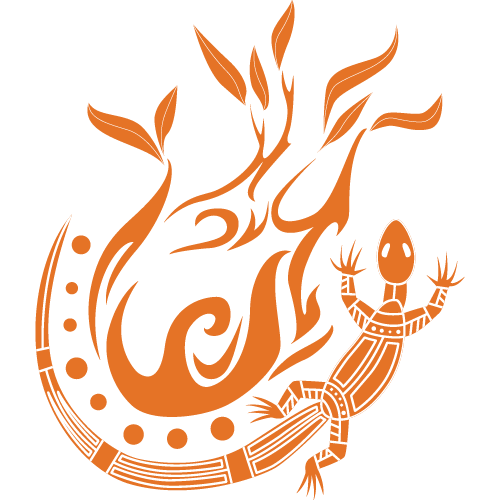
Artwork by Darryl Bellotti
|
Birak
First Summer | December and January
As the rains begin to ease, the warm weather of Birak starts to take hold with the afternoon sea breeze cooling those close to the ocean. Easterly winds in the morning, followed by the afternoon sea breeze meant that traditionally, this was the time of year Noongar people burnt country. They would burn the country in mosaic patterns to increase grazing pastures for some animals, to aid in seed germination, ease of mobility across the country and fuel reduction.
Birak also sees fledglings venturing out of their nests, though some still stay close to their parents. Reptiles are looking to shed their old skin for a new one during this season and baby frogs complete their transformation into adulthood.
|
|
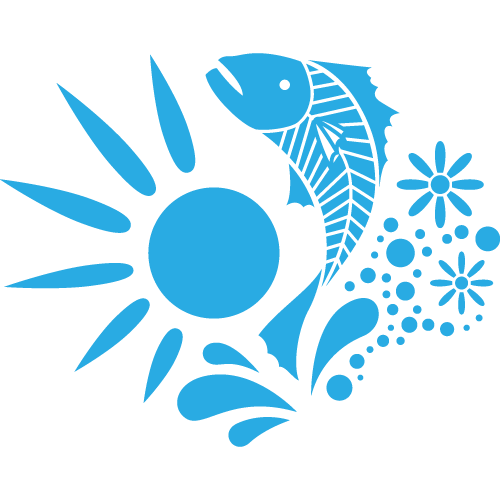
Artwork by Darryl Bellotti
|
Bunuru
Second Summer | February and March
The hottest time of the year, Bunuru is a season of little to no rain and hot easterly winds with a cooling sea breeze in the afternoon if you are along the coast. The weather during this time permitted Noongar people to live and fish along the coast, rivers and estuaries and their diet consisted mainly of freshwater and sea foods.
White flowers, especially flowering gums including Jarrah, Marri and Ghost Gums are in full bloom. The female Zamia (Macrozamia Riedle) is also notable due to being much larger than its male counterpart, with huge cones emerging from the centre of the plant with masses of a cotton wool like substance. As the weather continues to be dry and hot, the Zamia seed upon the cone changes from green to bright red, indicating they are ripening and becoming more attractive to animals, particularly the emu, that will eat the toxic fleshy outer part of the plant.
|
|
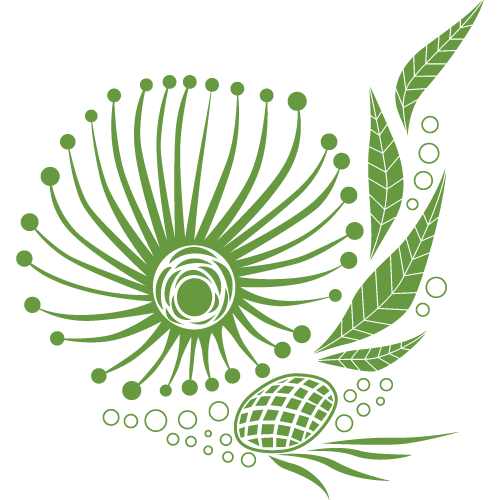
Artwork by Darryl Bellotti
|
Djeran
Autumn | April and May
Djeran season sees a break in the very hot weather, and the change in the season is evident in the wind with seeds, dust and leaves blown across the landscape. Flying ants can be seen cruising around in the light southerly winds of Djeran. You’ll also notice this season brings cooler nights with a dewy presence for us to discover in the early mornings.
This season sees red wildflowers take bloom, especially the Red Flowering Gum (Corimbia Ficifolia) and the petite Summer Flame (Beaufortia Aestiva). The male and female Sheoaks (Allocasuarina Fraseriana) form cones and Banksia start to display their flowers ensuring there are nectar food sources for the many small mammals and birds that rely upon them.
Noongar people would traditionally eat Zamia seeds that had been collected a season earlier, as well as root bulbs of the Yanget (Bullrushes), freshwater fish, frogs and turtles.
As the season progresses, nights become cool and damp and the days can become cooler too with some rain. Noongar people would at this time start preparing and position their Mia Mias (homes and shelter) for heavier rains in the coming winter months.
|
|
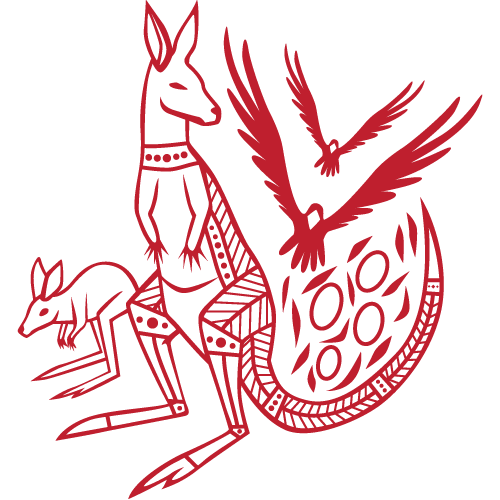
Artwork by Darryl Bellotti
|
Makuru
Winter | June and July
The coldest and wettest time of the year, Makuru was traditionally the time that Noongar people moved back inland and away from the coast. Winds turn to the west and south bringing rain and occasional snow on the peaks of the Stirling and Porongurup Ranges.
During this season, waterways and catchments begin to fill and Noongar people change their diet from eating food from the sea and lakes to hunting grazing animals such as the kangaroo (Yongar). The Yongar not only provided a food source but also Bookas, which are animal skin cloaks used as nights became much colder. Bones and sinews were also used from the Yongar for spear making and manufacturing of a Booka.
Makuru is also a time for animals to begin pairing up in preparation for breeding in the coming season. Wardongs (ravens) can be seen flying together during this season, and upon the lakes and rivers of the Southwest you will notice the influx of Mali of Black Swan as they prepare to nest and breed.
Blue and purple flowers such as Blueberry Lilly (Dianella Revoluta) and the Purple Flags (Patersonia Occidentalis) emerge during these colder months, and as Makuru draws to a close. You will notice the white flowers of the weeping peppermint (Agonis Flexuosa) as the blues start to make way for the white and cream flowers of Djilba.
|
|
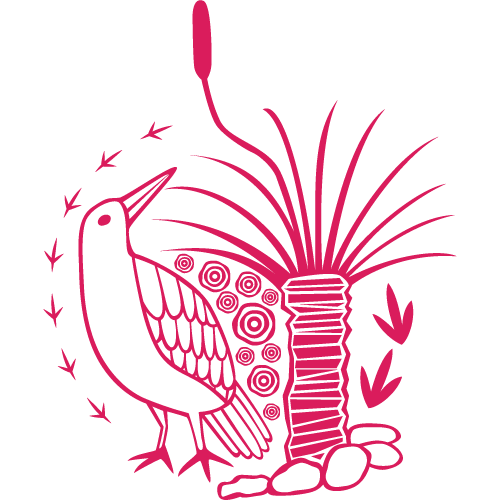
Artwork by Darryl Bellotti
|
Djilba
First Spring | August and September
A transitional time of the year, Djilba has days that are very cold, some that are rainy and windy and others where the sun comes through. As the days start to warm up, you’ll hear and see the first of the new born animals with their parents providing them with food, shelter and protection from other animals and people. The woodland birds will still be nest bound, hence the swooping behaviour of the Koolbardi (magpie), Djidi Djidi (Willywag tails) and the Chuck-a-luck (wattle birds).
This is the start of the massive flowering explosion in the South West. It begins with yellow flowering plants such as the Acacias. You’ll also notice cream and striking blue coloured flowers. As the season progresses and the temperatures continue to rise, you will see the flower stalks of the Balgas (Grass Tress) emerging in preparation for the coming Kambarang season.
Traditionally, the main food source at this time of the year included many of the land based grazing animals including Yongar (kangaroo), Waiitj (Emu) and the Koomal (possum).
|
|
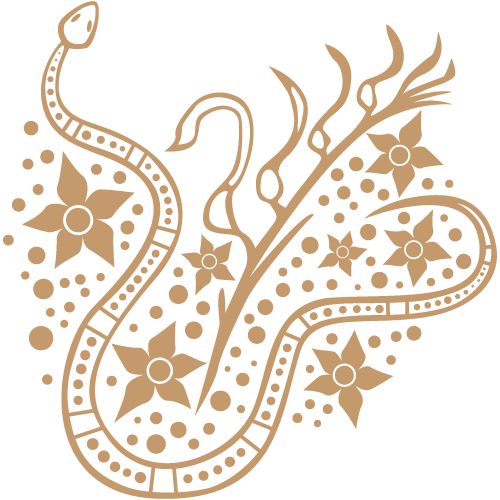
Artwork by Darryl Bellotti
|
Kambarang
Transformational time of the year | October and November
Kambarang is the wildflower season with many yellow flowers, orchids, kangaroo paws and banksias in bloom. Even the Balgas will flowers, especially if they have been burnt in the past year. One of the most striking displays of flowers at this time of year is the Mooja or Australian Christmas Tree, where its bright orange/yellow flowers signal that heat is on its way.
As many things are undergoing transformation with the warm change in the weather and longer dry periods, October is a time of the year you are most likely to encounter a snake.
Reptiles at this time are emerging from hibernation and look to make the most of the warm weather to assist them in getting enough energy to look for food.
|
Local Birds
There are six local birds that frequently can be seen and heard around the City of Vincent Administration and Civic Centre. The Djidi Djidi, Kaa Kaa, Karak, Koolbardi, Wardong and Djer Djer are regular visitors.
The City thanks Darryl Bellotti for sharing his knowledge and artwork of some of Vincent's local Birds.
|
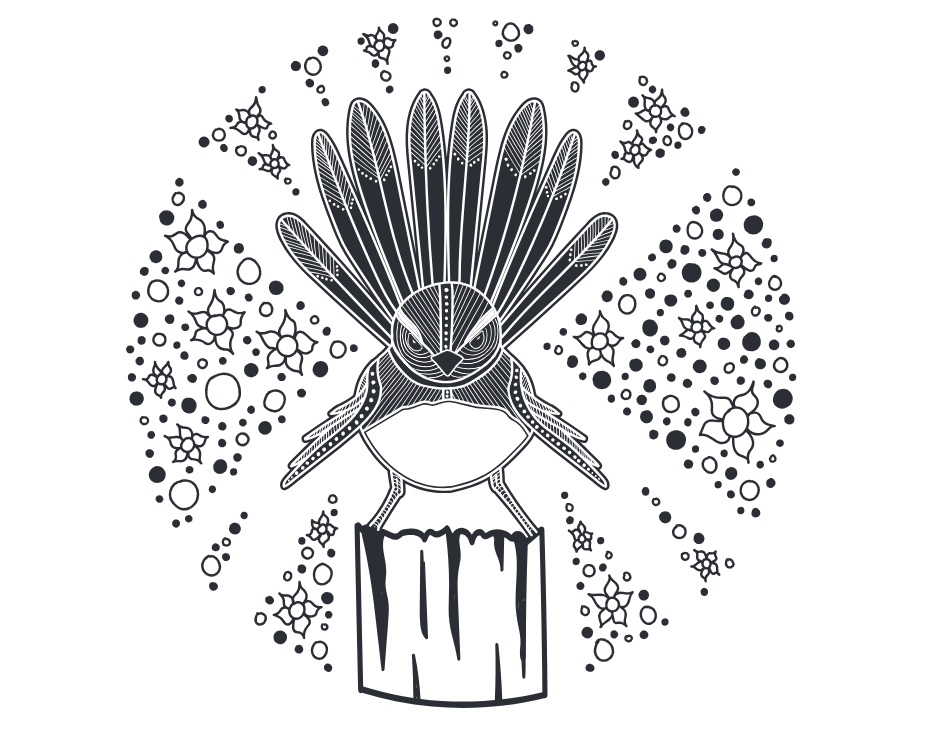
Artwork by Darryl Bellotti
|
Djidi Djidi
Willie Wagtail
Djidi Djidi is a cheeky little bird known for its tricks. If you chase him, Djidi Djidi will hop along in front of you, just out of reach, and lure you further and further away until you’re lost in the bush. They’re mischievous little creatures that will often be seen fighting with Wardong the crow and getting on his nerves.
|
|
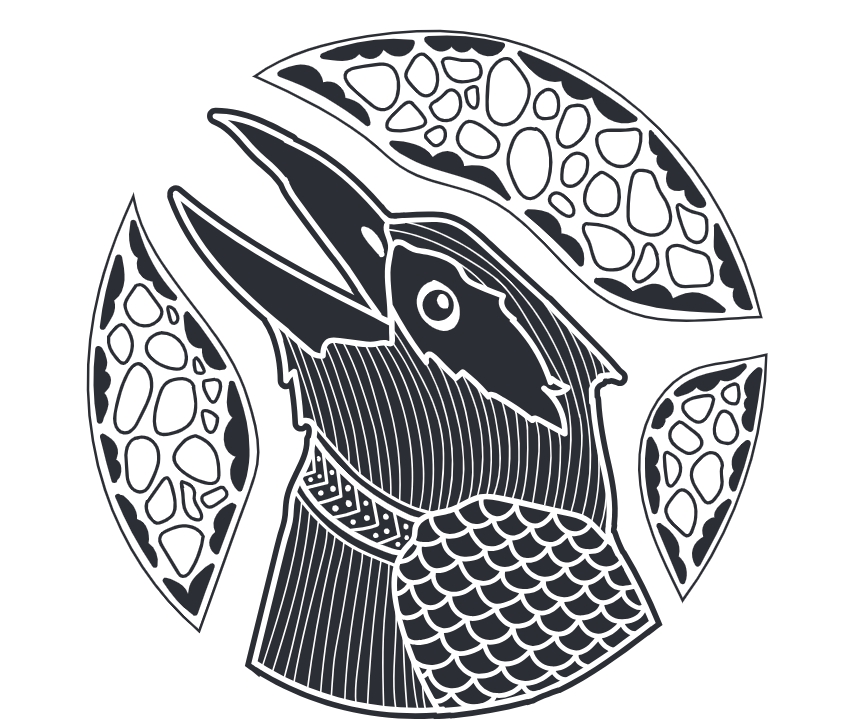
Artwork by Darryl Bellotti
|
Kaa Kaa
Kookaburra
Kaa Kaa the kookaburra sits high in the trees and laughs. It’s laughing call can be heard all through the bush. keen hunter, Kaa Kaa can be seen with snakes and lizards in its mouth as it flies. Be careful around the camp site because Kaa Kaa is bold, and he will swoop in and steal meat right from your hands if you aren’t looking.
|
|
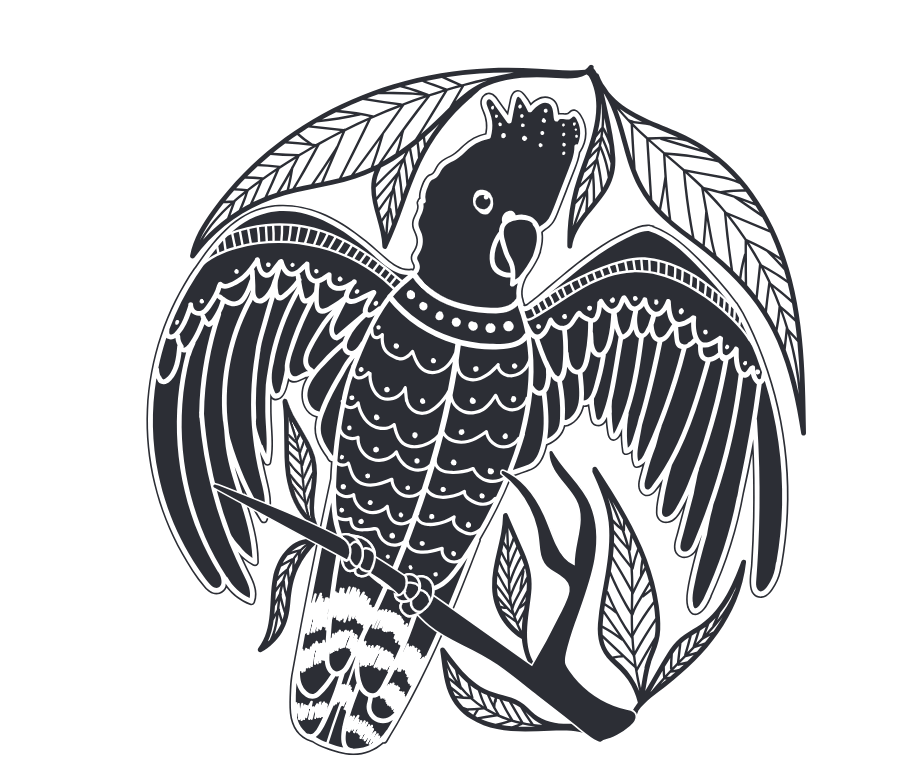
Artwork by Darryl Bellotti
|
Karak
Red Tailed Black Cockatoo
Karak the Red Tailed Black Cockatoo is a majestic bird that can be seen all throughout Noongar Boodja. They sit high in the trees and spend long hours eating the nuts of the eucalyptus tree. Their feathers are much sought after and are used in headdress and ceremony. It is said that the Yagan, the Noongar warrior used to wear the Karak feathers in his hair.
|
|
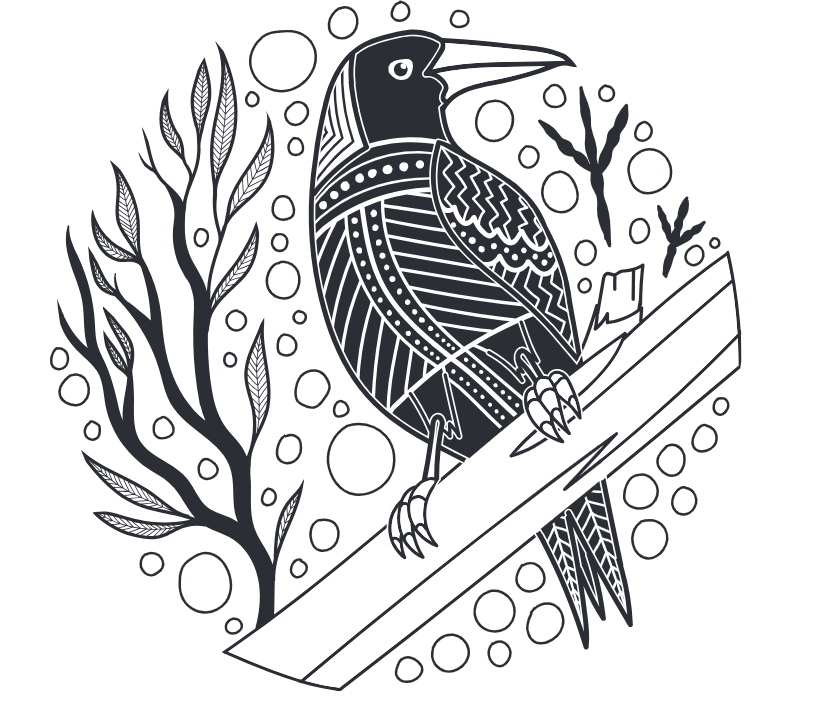
Artwork by Darryl Bellotti
|
Koolbardi
Magpie
Koolbardi the magpie is the bird that announces the morning. In the Nyitting, the creation time, it was Koolbardi that lifted the sky and gave us the first sunrise. He is the little brother to Wardong the crow. Wardong and Koolbardi don’t get along and you will very rarely see them together. Wardong, the older brother is bossy with Koolbardi and is always asserting his dominance over him.
|
|
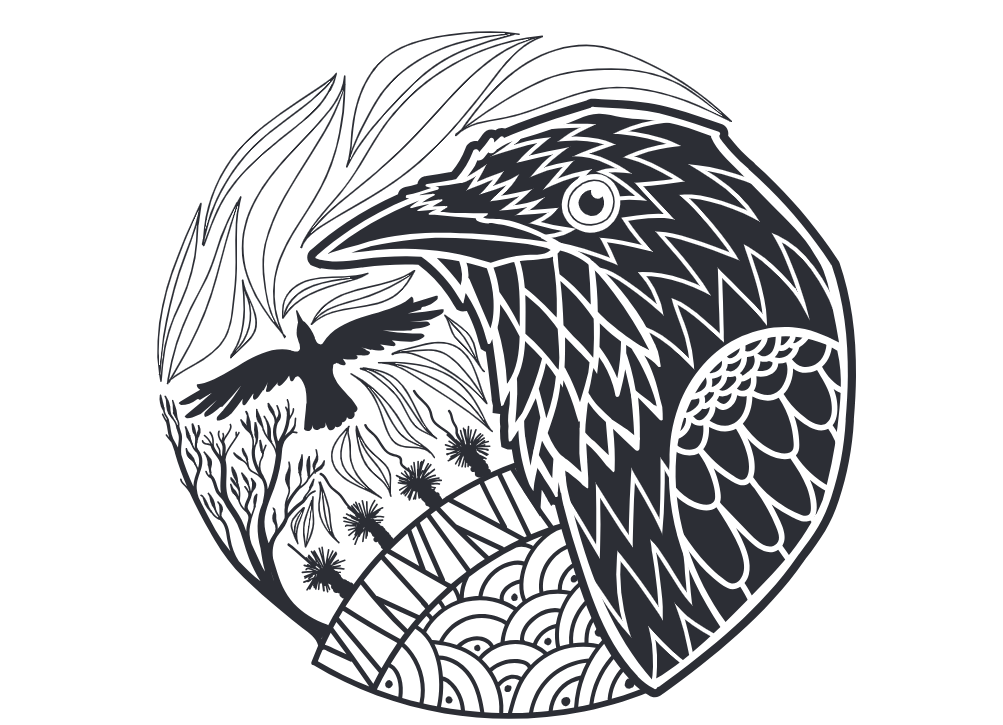
Artwork by Darryl Bellotti
|
Wardong
Crow
Wardong the crow is the older brother to Koolbardi, they were separated because of their constant battles. Wardong is clever and very resourceful. You can see him always working out things in his mind.
|
|
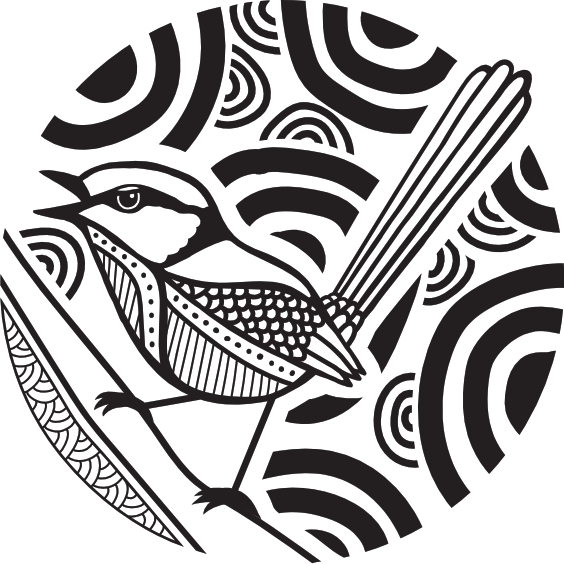
Artwork by Darryl Bellotti
|
Djer Djer
Blue Wren
Djer Djer the Blue Wren is a friendly bird that loves the water. You will always find Djer Djer zipping in and out as it flies through the coastal landscape. Wings of beautiful blue shades glimmer and shine in the sunlight as Djer Djer moves swiftly through the air. Stories say Djer Djer got its vibrant blue colouring from spilling water on its wing when trying to get water for friends to drink.
|